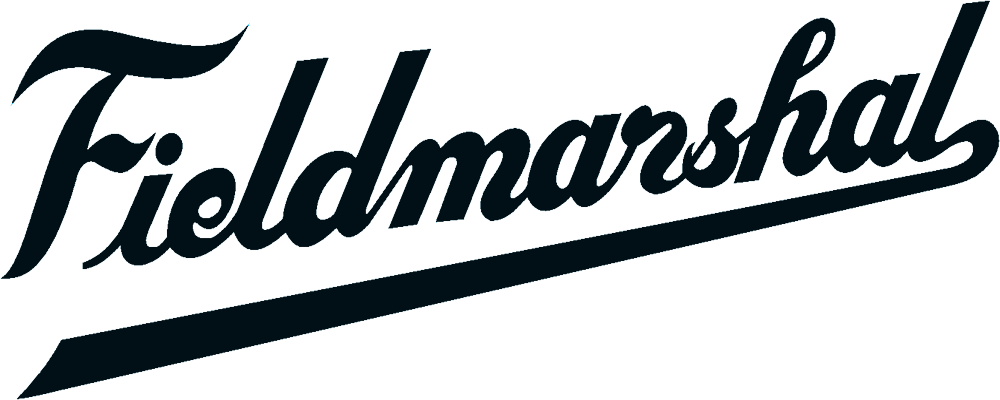Some of your Questions:
- What kind of pump is used in an open well?
- Where are open well submersible pumps used?
- Are open well pumps safe?
- Can open well pumps run dry?
- Can open well pumps run continuously?
- PUMP DOES NOT WORK ?
- PUMP DELIVERS INSUFFICIENT WATER OR VERY LOW TOTAL HEAD ?
Q. What kind of pump is used in an open well?
Open well submersible pumps are designed for open well applications, where the pump is fully submerged in water. These pumps can either be a single stage pump with an impeller and a volute casing, or a multistage pump similar to borewell submersible pumps.
Q. Where are open well submersible pumps used?
Open-well submersible pumps are used in various applications such as: Irrigation: flood, sprinkler, drip Drinking water supply Industrial water supply Cooling water circulations Commercial complexes Hotels Bungalows and apartments Community water supply from a common tank
Q. Are open well pumps safe?
Yes. FM Open-well pumps are safe for all these reasons. Open well submersible pumps are safe from electrical shocks as water is prevented from leaking into the unit by a watertight sealed gasket. However as with all pumps it is still recommended to keep children and pets away from them. The pump must be properly earthed before it is used. Do not run the pump without proper earthing.
Q. Can open well pumps run dry?
Care should be taken to ensure that the open-well pumps never run dry. Dry running increases the temperature within the pump and causes severe wear to the pump parts. Prolonged dry running will damage the motor. Dry running of the pump can be avoided if floats are used. In such cases, if the water level dips, it will turn the motor off. Floats can lengthen the life of the pump and does not cost very much. Floats are a good addition for domestic pumps.
Q. Can open well pumps run continuously?
FM pumps are designed to run continuously. However, it must be remembered that running a pump continuously will cause it to burn out or cause damage to it. For best results, use the pump only when required and turn it off at other times. Pump maintenance is very important for efficient running. Ensure that the pump is checked for maintenance once every six months.
Q. PUMP DOES NOT WORK ?
No power in main control panel/capacitor box - Replace blown out fuses.If new fuse also blows out recheck all electrical wiring and earthing. Check fuse wire size against actual requirement. Defective capacitor box/starter or incorrect wiring. - Rectify or replace defective parts of capacitor box starter. Reconnect the capacitor box/ starter correctly. Change the relay and coil size of the capacitor box/starter for actual requirement. Pump has been stored unfavorable condition for a long time before installation or defective submersible motor or cable. - When megger reading shows less than 20m. ohm remove the pumpset and cable and recheck values on the ground. Repair or replace motor and/or cable. Pump choked. - If the pump portion is damaged, repair or replace the parts. In case of repairing, make sure that the pump is rinsed with water before installation.
Q. PUMP DELIVERS INSUFFICIENT WATER OR VERY LOW TOTAL HEAD ?
Well water yield reduced. - If possible lower the pumpset, adjust the gate valve of the riser pipe to match the yeild of the bore well install dry run reventor. Leak in riser pipe and / or surface pipe and /or valves. - Remove the leakages. Water inlet strainer to the pump partially blocked. - Clean the strainer, if damaged replace it. Worn out impeller, bushes, thrust assembly. - Repair or replace pump parts. Wrong direction of rotation (three phase) - Interchange any two phase or the power line connections
